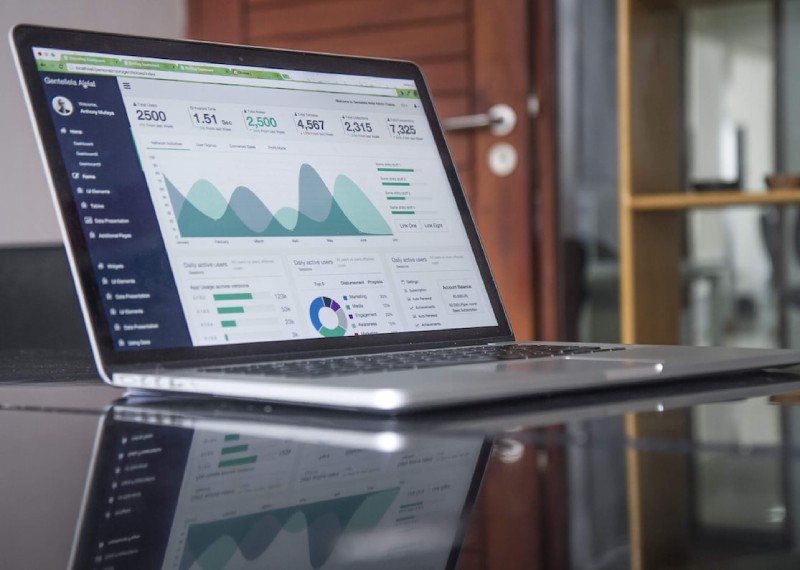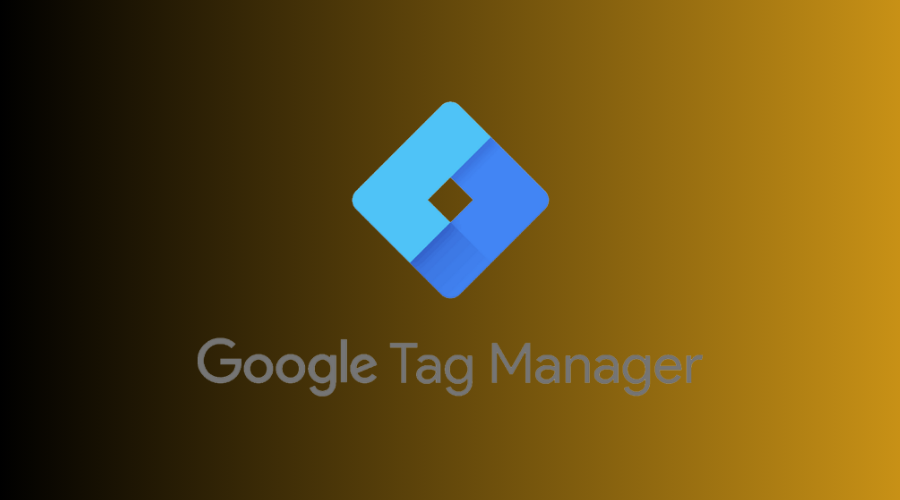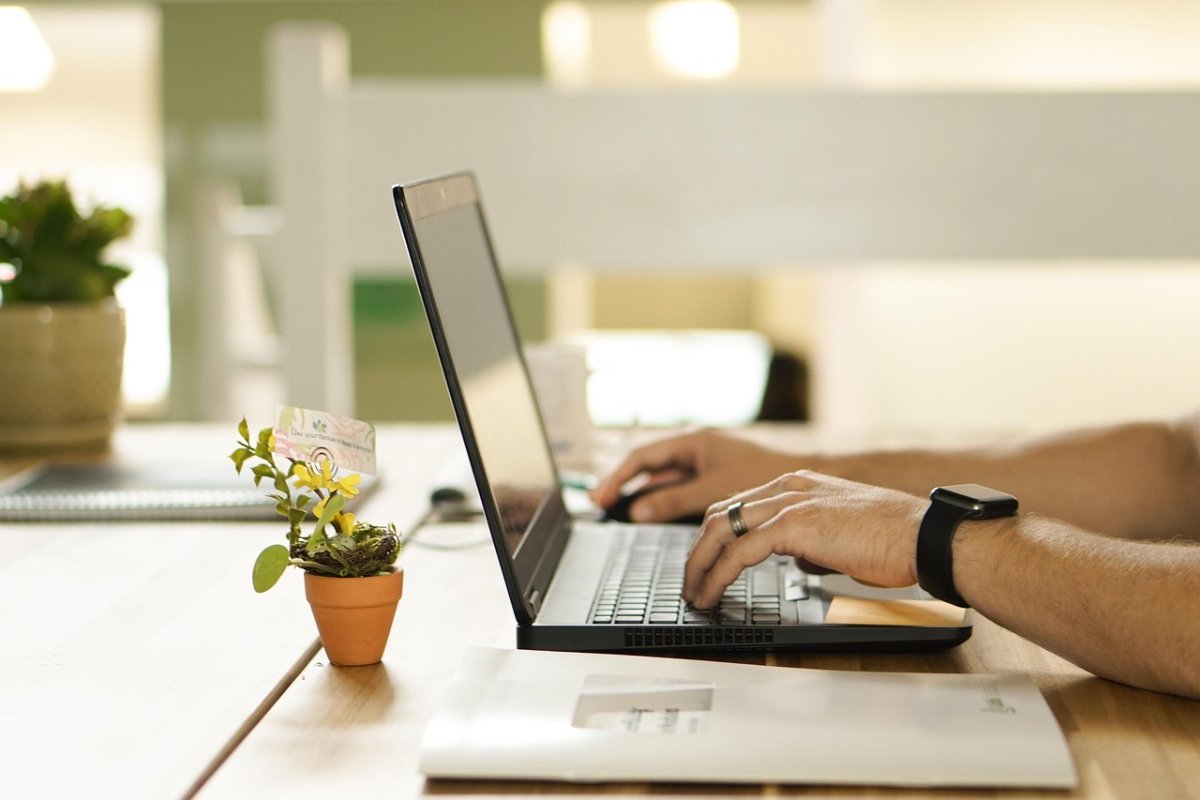
How to Protect Your Personal Data Online
With the prevalence of cyber attacks in different digital spaces, the need for personal data protection has never been more popular. As a user, you must take proactive steps to minimize the risks of falling victim to hacker traps. From safeguarding your accounts and minding what you share to being wary of identity theft and malicious files, you have many proactive ways of protecting your personal data.
With these efforts, you reduce the chances of data breaches and inject more confidence into your digital activities. If you are still trying to figure out where to start, here are some practical ways of reinforcing your online personal data protection.
What is Personal Data?
Personal data, also known as personal information or personally identifiable information (PII), refers to any information that can be used to identify an individual. This type of data needs to be protected due to its sensitivity and the potential harm that can arise from its misuse. The significance of this data is growing in commercial spaces. For instance, companies keep databases on the history of engagement and preferences, which they use for marketing and operation planning.
Types of Personal Data
Personal data can be broadly categorized into several types, each with varying degrees of sensitivity:
Basic Identifiers
- Name: Full name, first name, or last name.
- Address: Home address, work address, or any other physical location.
- Contact information: Phone numbers, email addresses, and other communication details.
Government-Issued Identifiers
- Social security number (SSN)
- Drivers license number
- Passport number
Financial Information
- Bank account details: Account number, bank names, and other banking information.
- Credit/debit card numbers: Card numbers, expiration dates, and CCV codes.
- Tax information: Taxpayer identification number and related details.
Biometric Data
- Fingerprints: Used for identification and access control.
- Facial recognition data: Image or data points related to facial features.
- Iris scans: Data related to the unique patterns in the colored part of the eye.
Online Identifiers
- IP addresses: Unique identifiers for devices on the internet.
- Cookies and device IDs: Used to track and identify users online.
- Usernames and passwords: Credentials used to access online accounts.
How to Protect Your Personal Data
Given the risks associated with personal data, it's crucial for businesses or individuals to take proactive steps to protect it. Here are some best practices:
Use Strong Passwords
The password is your first line of defense; it must be strong. Using the same password across multiple accounts increases your risk. If one account is compromised, others could be at risk too. Ensure each account has a unique password to minimize potential damage. A strong password typically includes:
- A mix of uppercase and lowercase letters
- Numbers
- Doesn't have personal information
- Special characters
- Combination of unrelated words
Avoid easily guessable information like birthdays or sequences like 12345 by using a reputable password manager to generate and store complex passwords securely. You don't have to remember each password, and you will reduce the risk of reusing passwords across multiple sites. Remember to never share your passwords with anyone and change them periodically. Regularly updating your passwords will also help protect you against breaches.
Two-factor authentication (2FA) also increases security through a second verification step on top of your passwords. It could be a sent code, fingerprint, or security token. Enable 2FA for all of the accounts. Authenticator apps offer more robust security, reducing the possibility of unauthorized access to your accounts.
Consider Accounts Deletion
If you have accounts you no longer use, it might be time to delete them. This is a huge step towards better online privacy. It significantly reduces the volume of your personal information stored on the internet, keeping the risks of being accessed by unwanted parties low. The deletion also means better control over your digital footprint. This deletion ensures you're left with only those meaningful for your digital present campaigns.
It's essential to follow the proper steps when deleting an account. Look for accurate instructions on deleting your account by DeleteMe for the different platforms. List down the number of accounts you want to close, from entertainment sites like Netflix to social media platforms like X, and understand the specific account deletion steps applying to each.
Be Cautious with Public Wi-Fi
This Wi-Fi network can be notoriously insecure, acting as hotspots through which cybercriminals can intercept user's data. Resist the urge to connect with the Wi-Fi, whether at your favorite cafe or airport, since this potentially leaks your personal information.
Hackers can use different techniques to attack, the common one being the man-in-the-middle method, which allows them to steal confidential information from financial data and credentials. Some of the best practices to consider while using public Wi-Fi include:
- Not conducting financial transactions while using the network
- Using HTTPS sites for additional protection
- Turning off file-sharing features and Bluetooth when idle
- Using Virtual Private Network (VPN) to prevent interception
Keep Your Software Updated
Software developers constantly find ways to strengthen their tools' resistance to new threats. This means they add new security features in the form of patches. As a user, you need to add them as soon as the release happens to seal any present weakness hackers could use to add malicious files and steal personal information. You could even set auto-updates in your devices, ensuring that the device runs the latest versions even when you aren't around to do it manually. This simple act will go a long way in proactively dealing with emerging vulnerabilities.
Be Aware of Phishing Scams
To enhance your data protection efforts, consider using a tool specifically designed to detect and block online threats. Bitdefender's scam detector offers real-time security by identifying scams and phishing attempts, ensuring that malicious actors are caught before they can access your personal information.
These are tricks used to acquire your personal information by pretending to be a trustworthy source. Usually, these acts are committed through fake emails, text messages, or websites, all of which try to mock actual methods.
The catch is they get you to click on malicious links or provide sensitive information, such as login credentials or credit card numbers. It is essential to verify that the request for personal information is authentic so as not to fall into a phishing scam. Some of the common indicators of phishing are:
- Suspicious attachments
- Incorrect email address
- Sense of urgency
- Sudden requests for personal information
- Offers that seem too good to be true
Limit Personal Information You Share Online
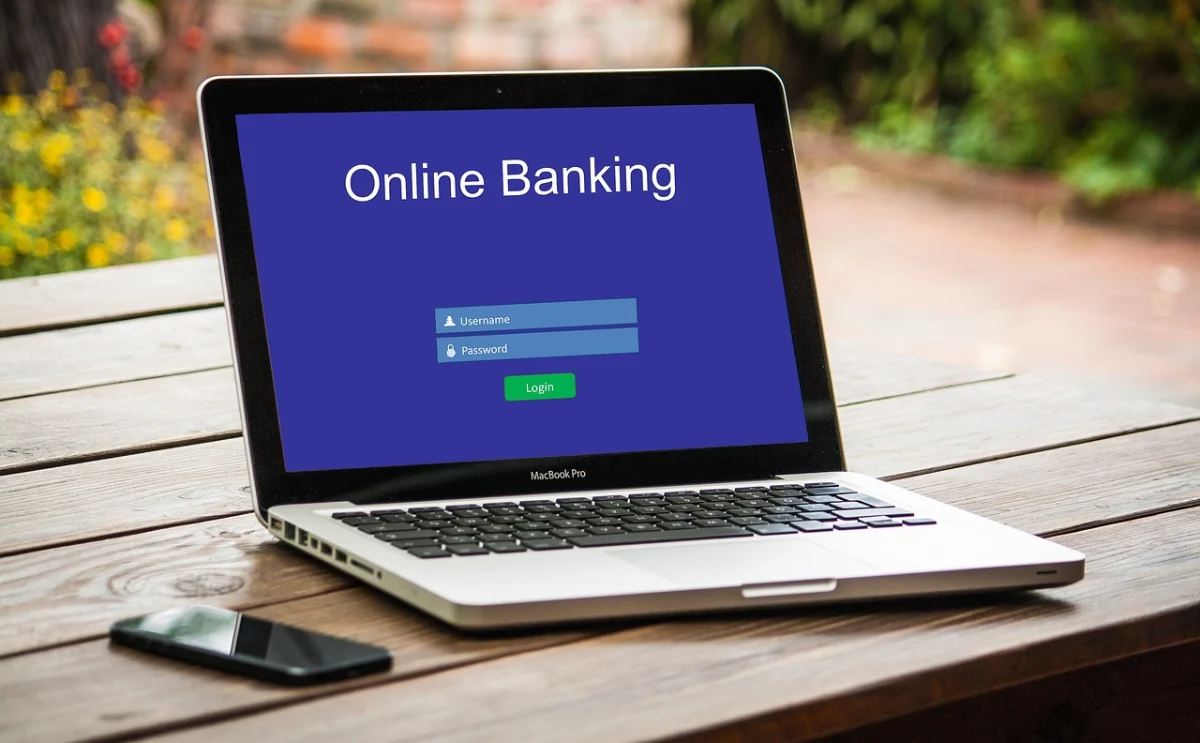
You should limit the sensitive information you share through social media and other websites. The more you share, the more you expose yourself to identity theft and other cyber threats. Review privacy settings and set all personal data as private as possible and:
- Don't disclose your date of birth, address, or phone number on social media.
- Use privacy settings to control who sees the posts and information on your profile.
- Be discriminating about accepting connections and followers.
You should also avoid oversharing details about your daily routines or travel plans and use pseudonyms or general information to protect your identity.
Secure Your Connection
Be sure to use secured connections whenever they are available to you. An HTTPS encryption is built into any connection made on a secure site to ensure your data to that site is encoded while the same data returns encoded and safe from eavesdroppers. Search for a padlock symbol in the address bar of your browser, where you'll ascertain that the URL starts with "https://" before browsing and filling in any information.
Use encryption to secure an internet connection and keep data safe from hackers by making it hard for them to intercept. By always ensuring you are using secure connections, your personal data's chances of getting into the wrong hands will be significantly minimized.
Be Mindful of Third-Party Apps and Services
Third-party applications and services, while convenient and sometimes free, can access one's data more than needed for the application's functionality. Caution should be applied to permit these, and only trusted apps should be used. Look at the app's privacy policy and understand how your data will be used and shared.
Limit app permission to only what is necessary for the app to function. For example, a weather app would not need permissions for contacts or cameras. Look at all the permissions of apps you do not use much anymore and revoke them. When installing apps and granting permissions, be selective.
Secure Your Devices
Target all gadgets, from smartphones and tablets to computers, and secure them using strong passwords and encryption. Invest in antivirus software to shield against unauthorized access and malware. Use device encryption to secure data on your devices. It may also be helpful to activate the remote wipe feature, which allows you to erase all data, whether you lose a device. Alternatively, you could consider encryption to ensure no one gains access to your data stores despite possessing your gadget. They will need special decryption keys to benefit from the data.
Be Mindful of Your Digital Footprint
This is all the information you post online, including browsing habits, social interactions, and purchases. Always be cautious with the sites you visit, the kind of information you share, and the activities you engage in. Check often and reduce your digital footprint to decrease the odds of exposure to personal data.
Clear browsing history and cookies often to avert tracking and targeted advertising. It's a good idea not to reveal too much information through public forums or social media and, if necessary, use pseudonyms for inessential online interactions.
Educate Yourself on Cybersecurity
Stay up to date with the best practices and the latest in cybersecurity to protect your personal information effectively. Follow credible sources, participate in online courses, and follow what is currently happening in cybersecurity. Use cybersecurity blogs and news websites to track emerging threats and vulnerabilities.
Through an online study or a webinar, you can improve your knowledge of the best security practices and find more ways to safeguard your information. Join forums and online communities to share knowledge or get inspired by the experiences of others.
Regular Backups
This effort ensures that there is a copy of your data in case of a data breach, device failure, or other incidents. Use secure, encrypted storage solutions to protect your backups from unauthorized access. With a backup, you can recover quickly in an emergency and cause minimal disruption.
Backup your data often to get the most up-to-date information in various locations for added security. Use an encrypted backup solution with a cloud storage service while in transit. An efficient backup strategy ensures that personal data is safe and accessible all the time.
Know and Exercise Your Privacy Rights
Knowing your rights enables you to use them when your personal information is misused. You could exercise your rights to access, rectify, or remove data from any company and service provider.
Always review the privacy policies and terms of service for every online service you may need. Be aware of how your data is handled and what type of protection is used. Report any violation of one's right to privacy to the appropriate authority to make companies and service providers compliant with privacy regulations.
Benefits of Safeguarding Personal Information
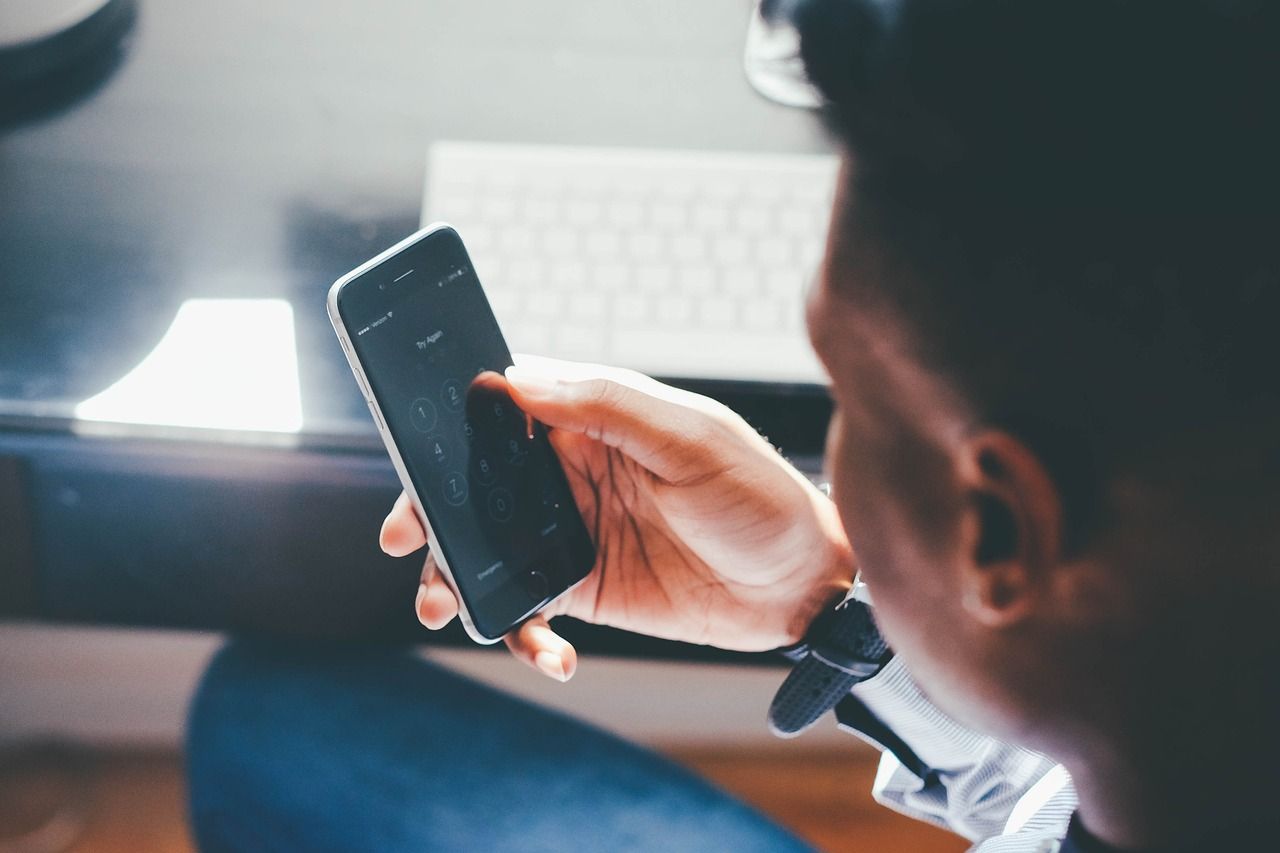
Security Boost
The protection against identity theft, financial fraud, and other cybercrimes will improve. This motivates you to enjoy online visibility while protecting your data. It encourages many to continue exploring more opportunities online, leading to more success at the business or individual level.
Peace of Mind
The constant worry of potential data breaches or identity theft can be stressful and overwhelming. Knowing that your personal data is secure brings a tremendous sense of peace of mind. You can surf the digital world without worrying about becoming the next cybercrime victim.
Improved Privacy
Ensuring your data is protected helps keep your private information confidential. You are in control over who can access your data and how it is going to be used. Ensuring your privacy online also reduces the risk of your personal information being sold to third parties without your consent.
Compliance with Regulations
The best data protection practice ensures that you meet legal and regulatory requirements like GDPR and CCPA. Compliance saves you from legal issues and financial penalties while maintaining an ethical perspective on the data.
Trust and Reputation
By securing your personal data, you present yourself as a trustworthy person not only to the outside world, which includes employers, clients, and online service providers. A reputation for data security will further boost your professional reputation and offer numerous personal and professional opportunities.
Endnote
It's important to prioritize the privacy of your personal data online, and you can easily achieve this by using the best cybersecurity practices, such as strong passwords for all your accounts. Keep learning more about ways of enhancing your online protection, which will help you surf through the online landscape with confidence and security. Always stay alert, and act quickly whenever an issue arises.
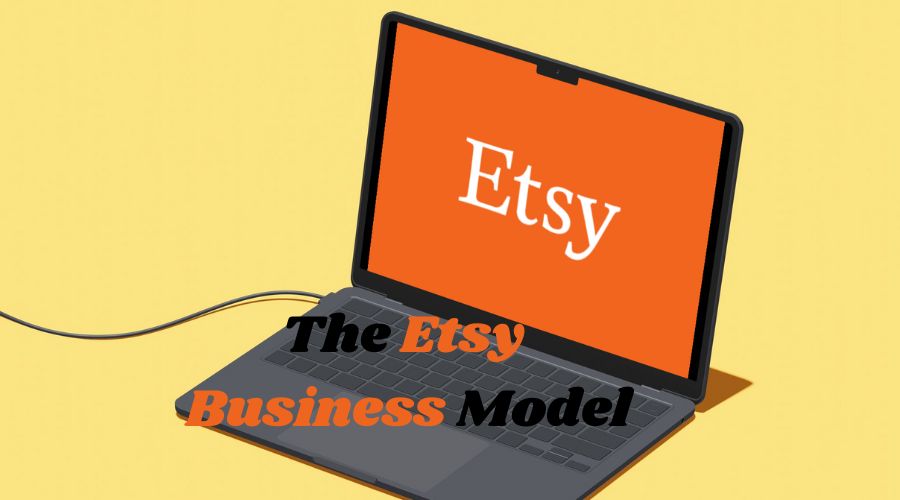
The Etsy Business Model: How Does Etsy Make Money?
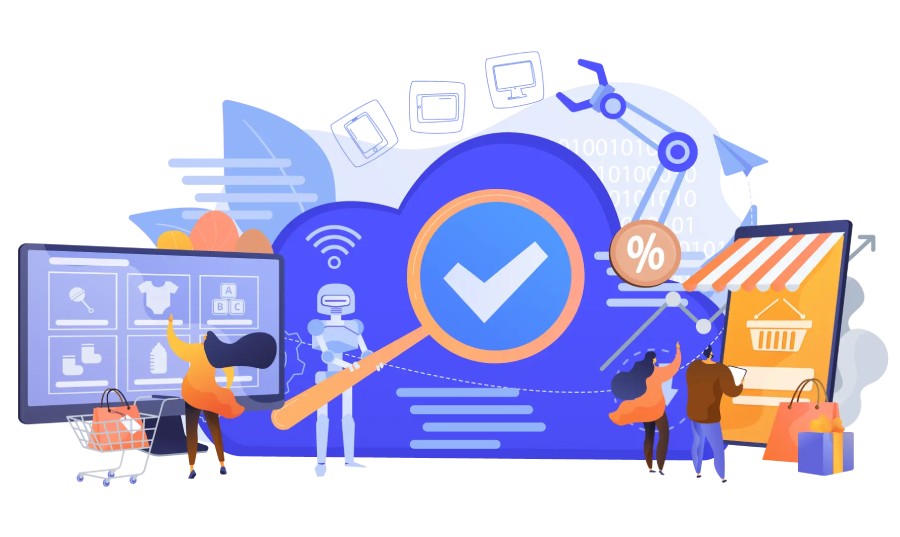
How eCommerce Solutions Are Revolutionizing the Way We Do Business?

How to Protect Your Personal Data Online

6 Tips for Being a Successful Fleet Manager
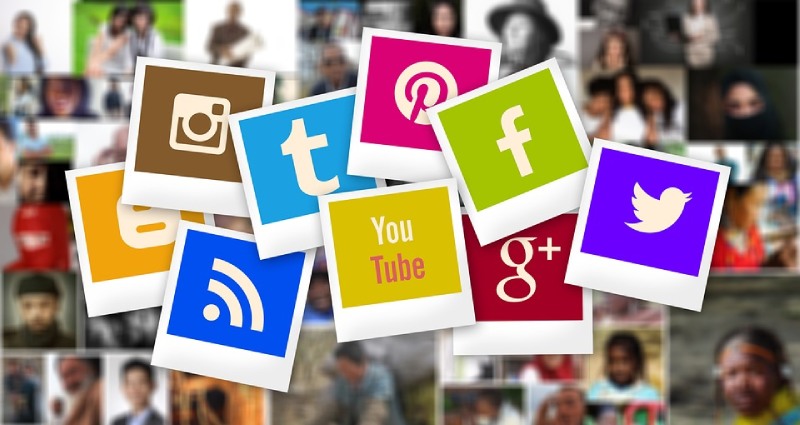
How Should you Analyse Competitors Social Media Strategies
